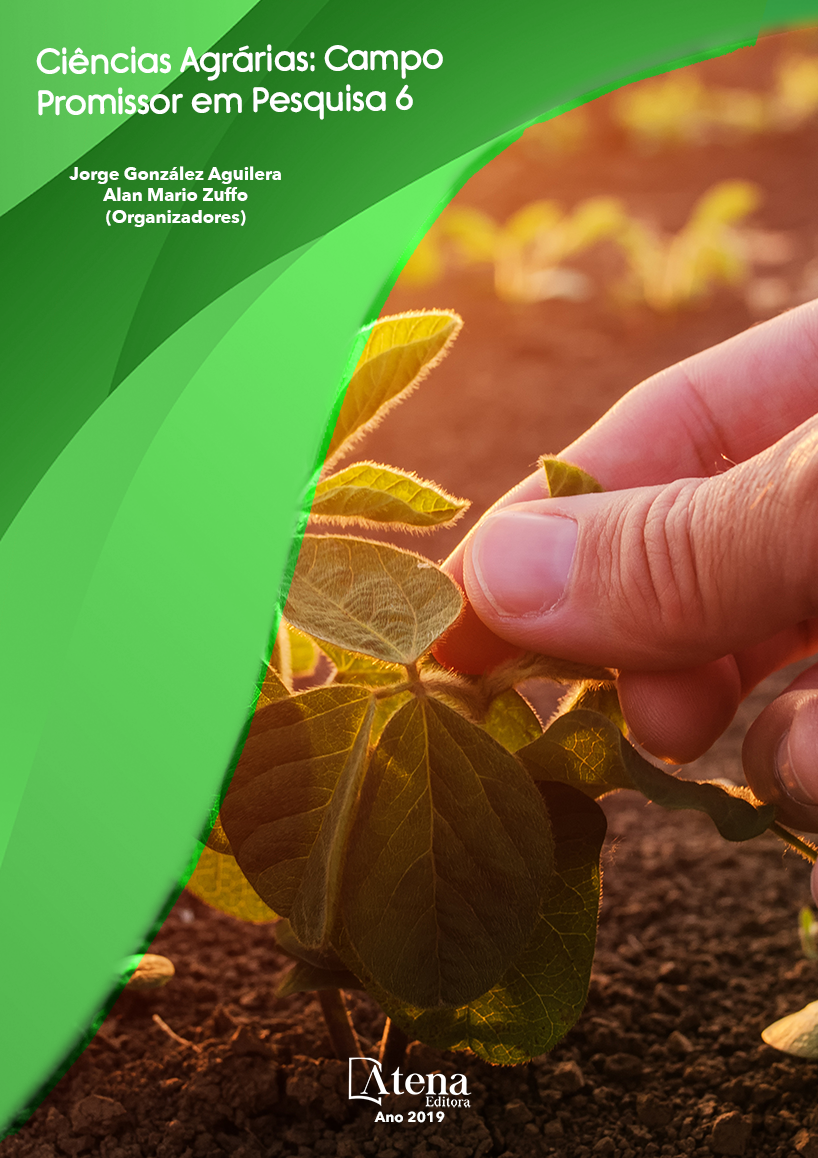
O extrativismo da borracha e a sustentabilidade da Amazônia
A Hevea brasiliensis, árvore da
borracha, originária da Amazônia, teve iniciada
sua exploração na segunda metade do século
18 para atender a demanda crescente deste
fantástico, exclusivo e inédito material elástico.
A partir daí, as duas histórias, da borracha e
da Amazônia, ficaram unidas e entrelaçadas
e o que acontecesse com uma teria influência
sobre a outra. E esta condição permanece,
em grande parte, até os tempos atuais. A
exploração da borracha extrativa supriu a
demanda internacional até a segunda década
do século 20 quando a produção de cultivo
da Ásia chegou ao mercado consumidor,
provocando grave crise financeira na Região
Norte, deixando sequelas no imaginário social.
Entretanto, depois de algumas décadas, a
Segunda Guerra Mundial reavivou a produção
de borracha na Amazônia e deu-lhe algum
alento, por poucos anos, até 1945. Depois
desse período, a produção de borracha extrativa
foi mantida por força política e por medidas
de protecionismo da produção amazônica,
até o Governo Fernando Collor, nos anos 90,
quando houve a debacle final do extrativismo,
deixando dezenas e dezenas de milhares de
famílias de seringueiros sem trabalho e renda.
O projeto TECBOR, acreditando na importância
do extrativismo na proteção socioambiental da
Amazônia, vem desenvolvendo tecnologias
para produção de borracha de boa qualidade há
mais de 20 anos. Entretanto, as dificuldades de
sustentação da produção extrativa são grandes.
Neste trabalho, são discutidas as principais
dificuldades de sustentabilidade da produção
de borracha extrativa na Amazônia e como
elas podem ser superadas com os modernos
instrumentos da Revolução Digital.
O extrativismo da borracha e a sustentabilidade da Amazônia
-
DOI: 10.22533/at.ed.20719210611
-
Palavras-chave: Borracha nativa, borracha amazônica, seringueiros, sustentabilidade amazônica, extrativismo da borracha.
-
Keywords: native rubber, Amazon rubber, Amazon sustainability, rubber extraction
-
Abstract:
Hevea brasiliensis, the rubber tree,
originally from the Amazon, had its exploitation
started in the second half of the 18th century
to meet the growing demand for this fantastic,
unique and unprecedented elastic material. From
Ciências Agrárias Campo Promissor em Pesquisa 6 Capítulo 11 100
then on, the two stories, rubber and Amazon, became united and intertwined and what
happened with one would influence the other and this condition remains largely to this
day. The extractive rubber supplied the international demand until the second decade of
the 20th century when the Asian planted rubber reached the consumer market, causing
serious financial crisis in the North Region, leaving sequels in the social imaginary.
However, after few decades, the World War II revived Amazonian rubber production
and gave it some encouragement for few years until 1945. After that period, extractive
production of rubber was maintained by political force and protectionist measures of the
Amazonian production. This situation was kept until the Fernando Collor Government,
in the 90’s, when there was the final debacle of extractivism, leaving tens and tens of
thousands of families of rubber tappers with no work and income. The TECBOR project,
assuming the extractivism importance in the Amazon socio-environmental protection,
has been developing technologies for producing rubber of good quality for more than
20 years. However, the difficulties of sustaining extractive production are great. In this
paper, the main sustainability difficulties of extractive rubber production in the Amazon
are discussed and how they can be overcome with the modern instruments of the
Digital Revolution.
-
Número de páginas: 15
- Floriano Pastore Júnior
- Floriano


